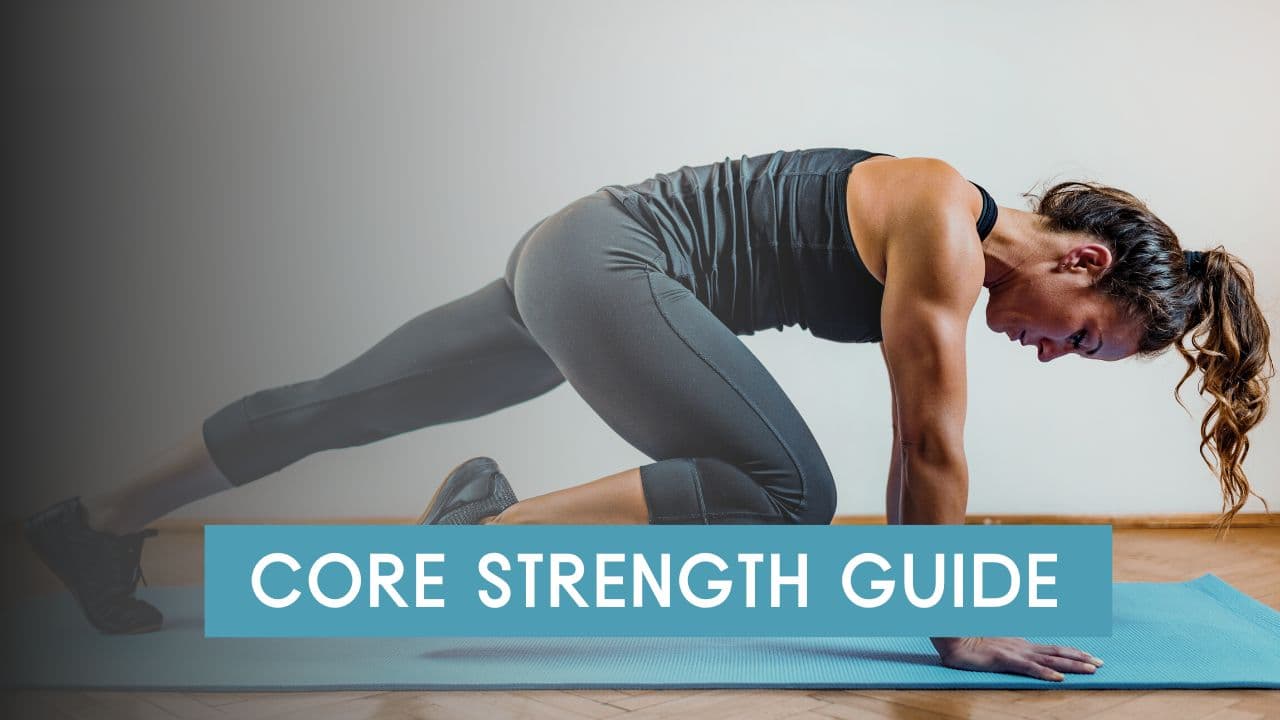Why Core Strength Matters
You already know visible abs look cool. Fine. But a strong midsection quietly does all the boring but critical things in the background: it keeps your spine safe, makes heavy lifts feel smoother, and helps you move like you actually know what you are doing in the gym.
Every squat, sprint, deadlift, push, and random pickleball game on the weekend asks your core to stabilize, resist motion, and sometimes create it on purpose. The 10 movements in this guide are pulled straight from the LoadMuscle waist database and they cover the big players in your midsection: the rectus abdominis, the obliques, and those deep stabilizers that no one can see but everyone can feel when they are weak.
Some use bands. Some use cables. Some use suspension trainers or just good old bodyweight. Together they give you a toolbox instead of a single hammer.
How to Use This Guide
Look, you do not need a 400-page textbook to train your core. You just need a simple structure that you can actually stick with.
- Pair one anti-extension drill (planks, body saws, hollow work) with one flexion or rotation move in each core-focused session.
- Rotate equipment from week to week - bands when you are training at home or traveling, cables when you want constant tension, suspension tools when you want everything to feel shaky and alive.
- Train your core 2–4 times per week with roughly 10–15 total sets. You can slide these into warm-ups, between big lifts, or as short finishers.
- Progress something every 1–2 weeks: the load, the leverage, the range of motion, or the tempo. If nothing changes, your midsection has no reason to adapt.
Core Exercise Snapshot
| # | Exercise | Equipment | Target | Intensity |
|---|---|---|---|---|
| 1 | Cable Kneeling Crunch | Cable | Rectus Abdominis | Medium |
| 2 | Hanging Straight Leg Raise | Body weight | Iliopsoas & Abs | Medium |
| 3 | Weighted Russian Twist | Weighted | Obliques | Medium |
| 4 | Air Bike (Bicycle Crunch) | Body weight | Obliques | Medium |
| 5 | Ab Roller Crunch | Body weight | Rectus Abdominis | Medium |
| 6 | Dead Bug | Body weight | Rectus Abdominis | Medium |
| 7 | Front Plank | Body weight | Rectus Abdominis | Medium |
| 8 | Side Plank | Body weight | Obliques | Medium |
| 9 | Hollow Hold | Body weight | Rectus Abdominis | Medium |
| 10 | Reverse Crunch | Body weight | Rectus Abdominis | Medium |
The 10 Best Core Exercises for a Strong Midsection
Each exercise below gets a quick visual, a plain-language explanation of why it is worth your time, clear coaching cues, and at least one way to make it tougher once it stops feeling like a challenge.
1. Cable Kneeling Crunch
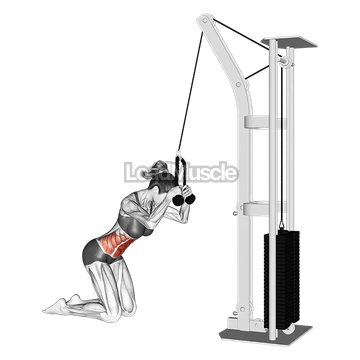
Primary focus: Rectus Abdominis
Why it matters: The cable kneeling crunch is that classic commercial gym staple that actually deserves its popularity. You can load it heavy, it lets you flex the spine without beating up your lower back, and it behaves like any other strength lift you can progressively overload over months instead of weeks.
Coaching cues
- Set the rope attachment high, grab it, and sit your hips back onto your heels so you are in a solid, stable kneeling position.
- Keep your hips roughly stacked over your knees while you curl your ribs toward your hips so the abs do the work instead of your hip flexors yanking everything around.
- As you crunch, exhale through the brace and squeeze at the bottom, then control the way up instead of snapping back.
Progression idea: Slow things down with 3-second negatives on the way up, or run ladder sets like 15-12-10 while nudging the weight slightly higher each step. It sneaks up on you, in a good way.
2. Hanging Straight Leg Raise
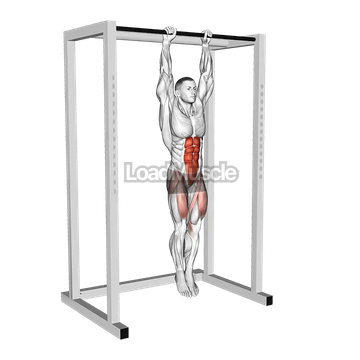
Primary focus: Iliopsoas & lower abs
Why it matters: If you have ever seen someone float their legs up to the bar without swinging, you know how demanding this is. Hanging leg raises hammer your lower abs, reinforce your grip and lats, and teach that hollow-body control you see in gymnastics clips all over social media.
Coaching cues
- Hang from a stable pull-up bar, ribs tucked slightly down, glutes lightly engaged, and think long from fingertips to toes.
- Raise both legs together until your toes reach at least hip height, maybe higher if your control allows, without turning it into a wild swinging contest.
- Lower slowly, keeping your pelvis tucked and your core tight, instead of dropping your legs and catching yourself at the bottom.
Progression idea: Add ankle weights, move toward a pike position with higher leg raises, or pause 1–2 seconds with your legs at parallel to the floor. You will feel that pause immediately.
3. Weighted Russian Twist
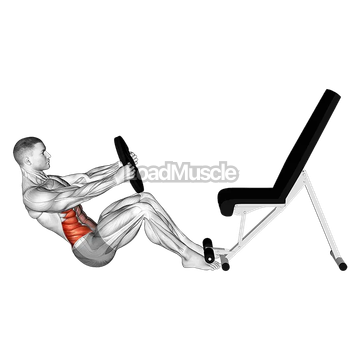
Primary focus: Obliques
Why it matters: Done well, Russian twists build rotational strength and tighten the waist, not by flailing side to side, but by keeping tension and rotating from your trunk. Done poorly, they are just fast arm swings with a plate.
Coaching cues
- Sit tall with your heels lightly touching the floor and hold a plate, dumbbell, or med ball at your chest instead of reaching way out.
- Lean back about 20–30 degrees, brace your midsection, and rotate from your rib cage, not just your hands. Your torso should actually turn.
- Keep the weight moving in a smooth, controlled arc. No slamming it into the ground or bouncing it off the floor like a basketball.
Progression idea: Lift your feet to create more of a hollow-body position, or grab a heavier dumbbell and aim for sets like 3×20 total touches. It gets spicy quickly.
4. Air Bike (Bicycle Crunch)
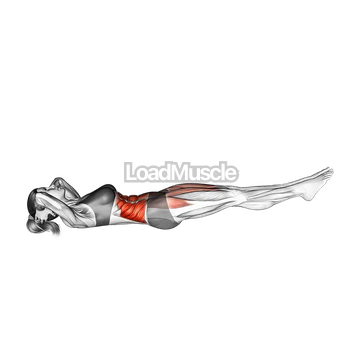
Primary focus: Obliques & rectus abdominis
Why it matters: The classic bicycle crunch still shows up in studies and programs for a reason. It blends rotation with compression, hits both the obliques and the front of the abs, and doubles as a quick conditioning finisher when you push the pace.
Coaching cues
- Press your lower back firmly into the floor and keep your shoulder blades hovering off the mat as you move. Think "glued to the ground" with your low back.
- Bring the opposite elbow toward the opposite knee while extending the other leg long at about a 45-degree angle instead of dropping it to the floor.
- Move with deliberate control. Reach and squeeze each rep rather than racing through it like a rushed cycling class.
Progression idea: Slow the tempo down to a 3-count per side, or toss on ankle weights for brutal burnout rounds. It feels innocent. It is not.
5. Ab Roller Crunch
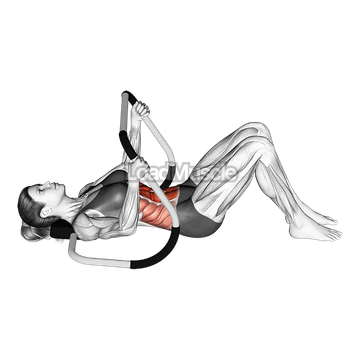
Primary focus: Rectus Abdominis
Why it matters: The ab wheel has been around forever because it works. It challenges your ability to resist extension, forces your midsection to stay tight through a big range, and delivers that deep stretch-to-squeeze feeling that lingers the next day.
Coaching cues
- Start on your knees with the roller on the floor, wrists roughly stacked under your shoulders, and your hips slightly tucked.
- Roll out slowly, keeping ribs and pelvis locked together like one solid piece so your lower back does not sag and complain later.
- Pull the wheel back toward your knees using your abs and lats rather than yanking your hips back and collapsing.
Progression idea: Elevate your shins on a pad or block to increase the range of motion, or eventually work toward standing rollouts. Go slow with that one. Very slow.
6. Dead Bug
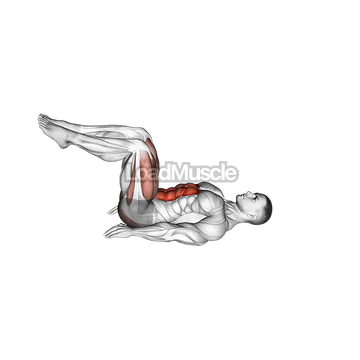
Primary focus: Deep core & anterior core control
Why it matters: Dead bugs look simple on video, then suddenly you feel your entire midsection working just to keep your low back down. They teach breathing, pelvic control, and bracing while your arms and legs move, which carries over directly to heavy squats, presses, and pulls.
Coaching cues
- Lie on your back with your knees stacked over your hips and your arms reaching toward the ceiling like you are about to do a very slow crunch.
- Gently flatten your lower back into the floor, inhale through your nose, and then slowly extend the opposite arm and leg away from your center.
- Only reach as far as you can while maintaining that firm pressure into the ground. If your low back starts to pop up, you went too far.
Progression idea: Squeeze a med ball between your hands and knees to increase tension, or loop a mini-band around your feet for extra challenge as you extend your legs.
7. Front Plank
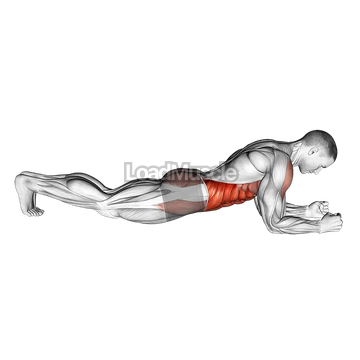
Primary focus: Rectus Abdominis & transverse abdominis
Why it matters: The front plank is the universal anti-extension drill. It is not flashy, but it grooves full-body tension, teaches you how to lock in your midline, and builds endurance that carries over to nearly every other lift and sport.
Coaching cues
- Place your elbows under your shoulders with your forearms parallel, then squeeze your glutes and quads as if you are trying to stand tall while lying down.
- Press the floor away slightly with your forearms so you are not sinking into your shoulders like a hammock.
- Breathe slowly through your nose while keeping your ribs from flaring up. Quiet, controlled breaths are part of the exercise.
Progression idea: Add a weight plate or two across your upper back, or use short, very high tension RKC-style planks of 10–20 seconds where you squeeze everything as hard as you reasonably can.
8. Side Plank
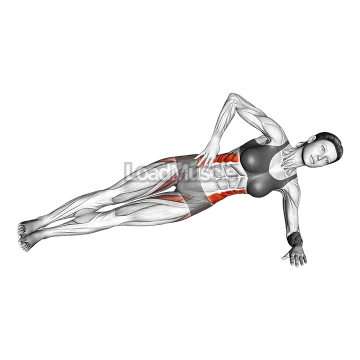
Primary focus: Obliques & quadratus lumborum
Why it matters: Side planks build strength along the side of your trunk and around the hips, which helps keep your pelvis level, reduces those "wobbly" moments in heavy squats or sprints, and supports the lower back long term. It is very unglamorous and very useful.
Coaching cues
- Stack your elbow under your shoulder and either stack or stagger your feet, whichever feels more stable at first.
- Lift your hips up so your body forms a straight line from ankles to head. No drooping hips allowed if you can help it.
- Roll your top shoulder slightly back and keep your neck neutral instead of craning forward to watch the clock.
Progression idea: Add slow top-leg raises while holding the position, hold a light dumbbell or kettlebell overhead, or progress toward Copenhagen plank variations that target the adductors too. They are unpleasant in the best way.
9. Hollow Hold

Primary focus: Rectus Abdominis & hip flexors
Why it matters: This is a gymnastics staple for a reason. The hollow hold builds full-body stiffness that carries over to explosive lifts, handstands, calisthenics, and those moments when you need your whole trunk to behave as one solid unit instead of a collection of loose pieces.
Coaching cues
- Lie on your back, gently flatten your low back into the floor, then lift your shoulders and legs a few inches off the ground at the same time.
- Reach long through your fingertips and toes while keeping your ribs pinned down. Think about shrinking the distance between your sternum and pelvis.
- Keep breathing evenly. If your back starts to pop up off the floor, shorten the lever by bending your knees or raising your legs a bit higher.
Progression idea: Add a gentle rocking motion (hollow rocks) or hold a light plate or dumbbell overhead while maintaining the position for 20–30 second bouts. It looks minimal, feels maximal.
10. Reverse Crunch
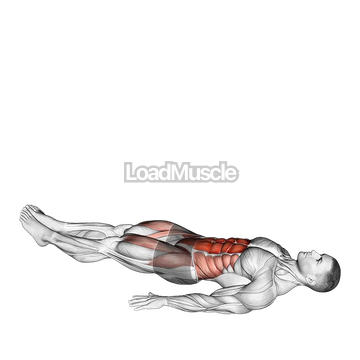
Primary focus: Lower rectus abdominis
Why it matters: Reverse crunches help you dial in that subtle but powerful move of posterior pelvic tilt, which is a fancy way of saying you curl your tailbone off the floor under control. That is what really targets the lower part of the rectus abdominis instead of just swinging your legs.
Coaching cues
- Lie on your back with your knees bent to about 90 degrees and your hands lightly holding a bench, heavy dumbbell, or sturdy object behind your head.
- Exhale, tuck your pelvis slightly, and lift your hips just enough to peel your spine off the mat one vertebra at a time.
- Lower slowly until your toes touch the floor or hover just above it without losing tension through your midsection.
Progression idea: Straighten your legs to lengthen the lever, or carefully place a small dumbbell between your feet for extra load. Make sure you are under control before adding weight. Seriously.
Weekly Core Programming Templates
Here are simple, plug-in structures you can slide into your current training. Nothing fancy, just repeatable patterns that work.
| Level | Frequency | Structure | Set/Rep Focus | Notes |
|---|---|---|---|---|
| Beginner | 2× / week | 1 flexion + 1 anti-extension | 3×12 or 3×30s holds | Focus on learning how to brace and breathe through your nose. No rushing. |
| Intermediate | 3× / week | Flexion + rotation + stability | 3–4 sets of 8–15 or 30–45s | Mix bands or cables with bodyweight and suspension work for different types of tension. |
| Advanced | 4× / week | Heavy anti-rotation, loaded carries, instability | 4 sets of 8–12 + tempo holds | Layer in pauses, slow eccentrics, or contrast supersets for extra challenge and density. |
Sample Mini-Circuits
Here are quick, realistic combos you can drop between big lifts or at the end of a session. Think 5–10 focused minutes, not an entire separate workout.
- Powerlifters: Cable Kneeling Crunch → Front Plank → Dead Bug between heavier squat or deadlift sets.
- Athletes: Weighted Russian Twist → Hanging Straight Leg Raise → Side Plank in a small rotation and stability carousel.
- At-Home: Hollow Hold → Air Bike → Reverse Crunch as a short finisher when you are training in your living room with no equipment.
Build Your Personalized Core Plan
If you do not feel like stitching everything together yourself, that is fair. Life already has enough decisions.
Let LoadMuscle’s AI Workout Planner handle the layout and give you midsection-focused finishers or full programs built around the gear you own, your training age, and how much recovery bandwidth you actually have during the week.
✔ Auto-shuffled exercise pairings so you are not stuck repeating the same two moves forever
✔ Volume adjusted to match your current split rather than fighting it
✔ Integrated mobility and breathing drills that keep your back and hips happy long term
👉 Generate your custom plan: Online Fitness Planner
Conclusion
Endless crunch marathons are not the answer. A strong, defined midsection comes from mixing anti-extension, rotation, and compression work, then consistently nudging the difficulty using better tension, smarter progressions, and just enough volume.
If you keep your spine happy, breathe well, and train your core with the same intent you give your big lifts, the visual changes tend to show up as a side effect. When you want fresh ideas or simply cannot be bothered to plan, lean on the workout planner for a data-backed layout that you can tweak and make your own. It is kind of the easy button, in a good way.
